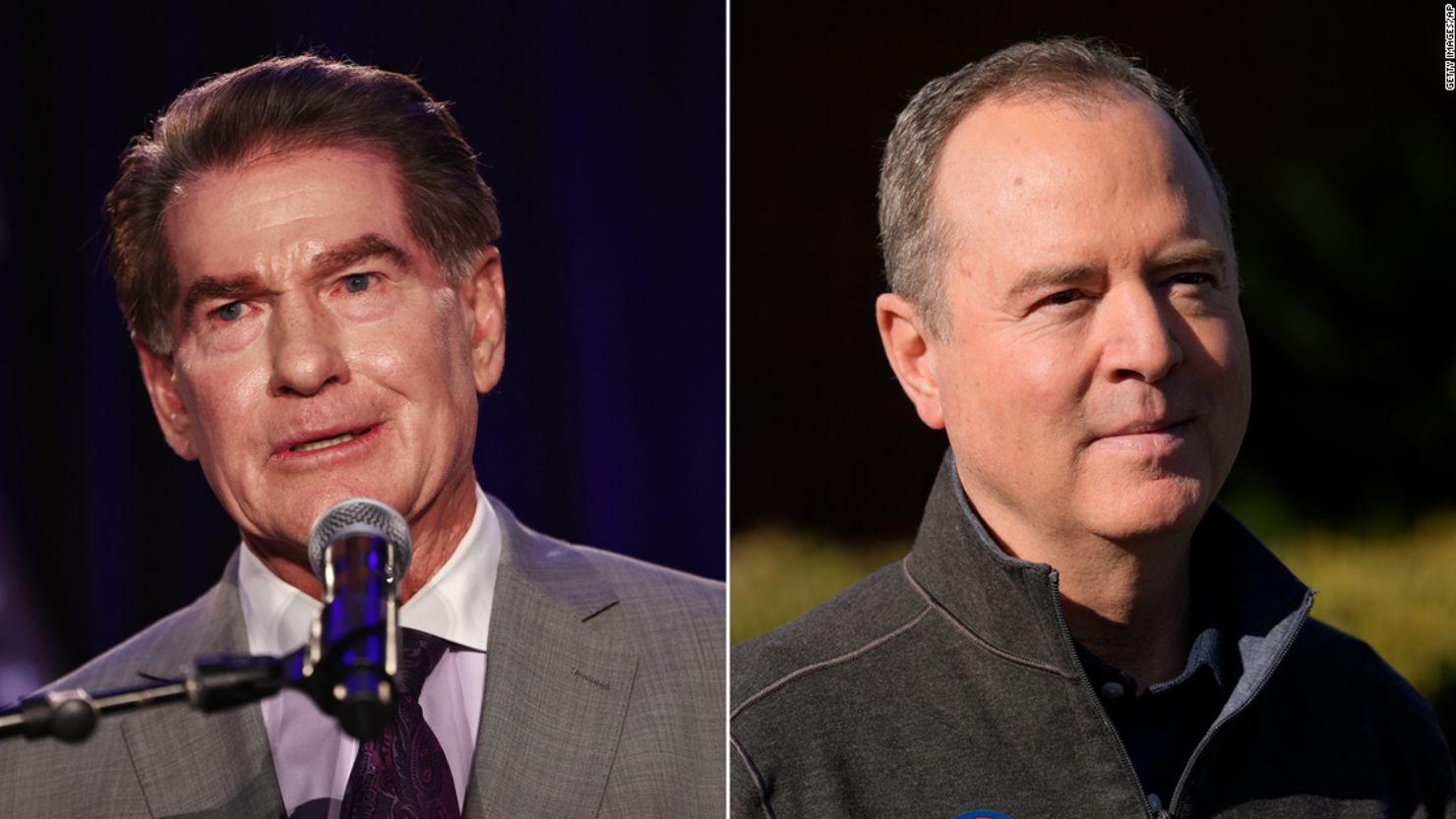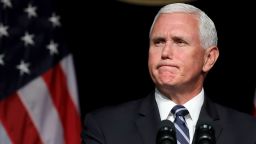Editor’s Note: Lanhee J. Chen, PhD, is a regular contributor to CNN Opinion and the David and Diane Steffy Fellow in American Public Policy Studies at the Hoover Institution. He was a candidate for California State Controller in 2022. Chen has played senior roles in both Republican and Democratic presidential administrations and been an adviser to four presidential campaigns, including as policy director of Romney-Ryan 2012. The views expressed in this commentary are his own. View more opinion at CNN.
When US Rep. Katie Porter of California failed to advance to the general election following a third-place finish in the state’s US Senate primary election earlier this month, she was quick to lash out, arguing she lost because “billionaires” spent money to “rig” the election.

Putting aside her use of a term that was popularized by former President Donald Trump after his 2020 election defeat, Porter was lamenting the “top-two” primary system in California that has been the source of significant controversy from both Republicans and Democrats in the state. (She later said she regretted using the term.)
Under state law, the top two candidates in elections for congressional, state legislative and statewide offices advance in a primary election, regardless of party. This produces an outcome where the November elections can feature two candidates from the same party, as was the case in California’s US Senate races in both 2016 and 2018.
The goals of the top-two primary system were to enhance political competition, promote more moderate candidates (because they would be forced to compete for all voters, not just those in their partisan bases) and improve voter turnout. But the jury is still out on whether the top-two has definitively achieved any of these goals.
Porter and fellow Democrat Rep. Barbara Lee were the biggest losers in this year’s primary election that advanced Democrat Rep. Adam Schiff and Republican Steve Garvey, the former MLB star, to the November election. As of Tuesday, in fact, Garvey and Schiff were neck-and-neck in the race to be the leading vote-getter in the primary.
The top-two system has come under fire, particularly in this year’s California US Senate primary, because of the way in which it promotes political gamesmanship. Schiff’s campaign spent $12 million, and groups allied with him spent $7 million, on television and digital ads, mailers and other forms of voter outreach targeting Garvey and seeking to boost his standing with Republicans.
Schiff sought to coalesce Republican voters in the state around Garvey by painting him as a “far right conservative” who supported Trump. By seeking to boost him into the top-two, Schiff tried to create what on paper appears to be a more favorable November matchup for him in a state where registered Democrats outnumber Republicans almost two-to-one. Porter, for her part, resorted to the same tactics in the closing weeks of the race, spending money to boost Garvey’s principal Republican opponent, Eric Early.
While it’s far from perfect and does create some perverse incentives (such as candidates helping opponents from the other party to create a preferred contest), Porter shouldn’t blame the top-two system for her loss. In many cases, including hers, electoral outcomes are dictated more by poor candidacies and a weak campaigns than the system itself.
To tweak a well-known saying: Don’t hate the game, hate the player.
In her recently concluded campaign, Porter got off on the wrong foot (and offended some Democrats) by declaring her candidacy in January 2023 — even before the late Sen. Dianne Feinstein had made clear she would be leaving the Senate.
Her campaign was targeted at a younger and more progressive demographic, which appeared to have lower turnout in the election. And she entered a crowded field that featured a former baseball star who had played for the Los Angeles Dodgers and the San Diego Padres, the better-known (and better-resourced) Schiff and a long-time Oakland representative, Barbara Lee, who was described by one columnist as a “progressive hero.”
Porter never could differentiate herself from her opponents and even when she had an opportunity to — in, for example, three televised debates — she never directly attacked Schiff or drew any real contrasts with her most significant opponent.
In contrast, Garvey played California’s top-two system exactly as he should have. He frequently reminded voters of his history as a star athlete, including securing the ballot designation of “professional baseball representative” to ensure there was no confusion as to who the candidate was.
Garvey earned significant media coverage for the campaigning he did do, including a tour of homeless encampments throughout the state — something that made up for the fact that the campaign didn’t pour significant resources into advertising or other direct voter outreach.
He focused his public commentary on issues like homelessness and inflation, which survey research demonstrate are top voter concerns even in Democrat-heavy California. He even managed to ensure that he was the only Republican who ever appeared in the televised debates ahead of the primary.
And, of course, Garvey was helped by Schiff’s cynical ads, which appeared to consolidate the Republican electorate around his candidacy. But the fact that Garvey won about a third of the primary vote suggests that his support extended beyond the roughly 24% of California voters who are registered Republicans.
To compete in the general election, Garvey will need to parlay his name recognition, media attention and a focus on issues in which Californians believe their elected leaders are falling short into support from independents and even some Democrats.
It’s a tall order, but Garvey’s celebrity and ability to reach voters who see a baseball player and not a politician first mean that he cannot simply be dismissed out of hand as a viable statewide candidate.
Californians will have a real choice in November and a clear contrast between the two candidates for the Senate. Notwithstanding complaints from Porter and partisans on both sides, the top-two primary system in this case delivered exactly what it was supposed to.
This piece has been updated with the latest news.





